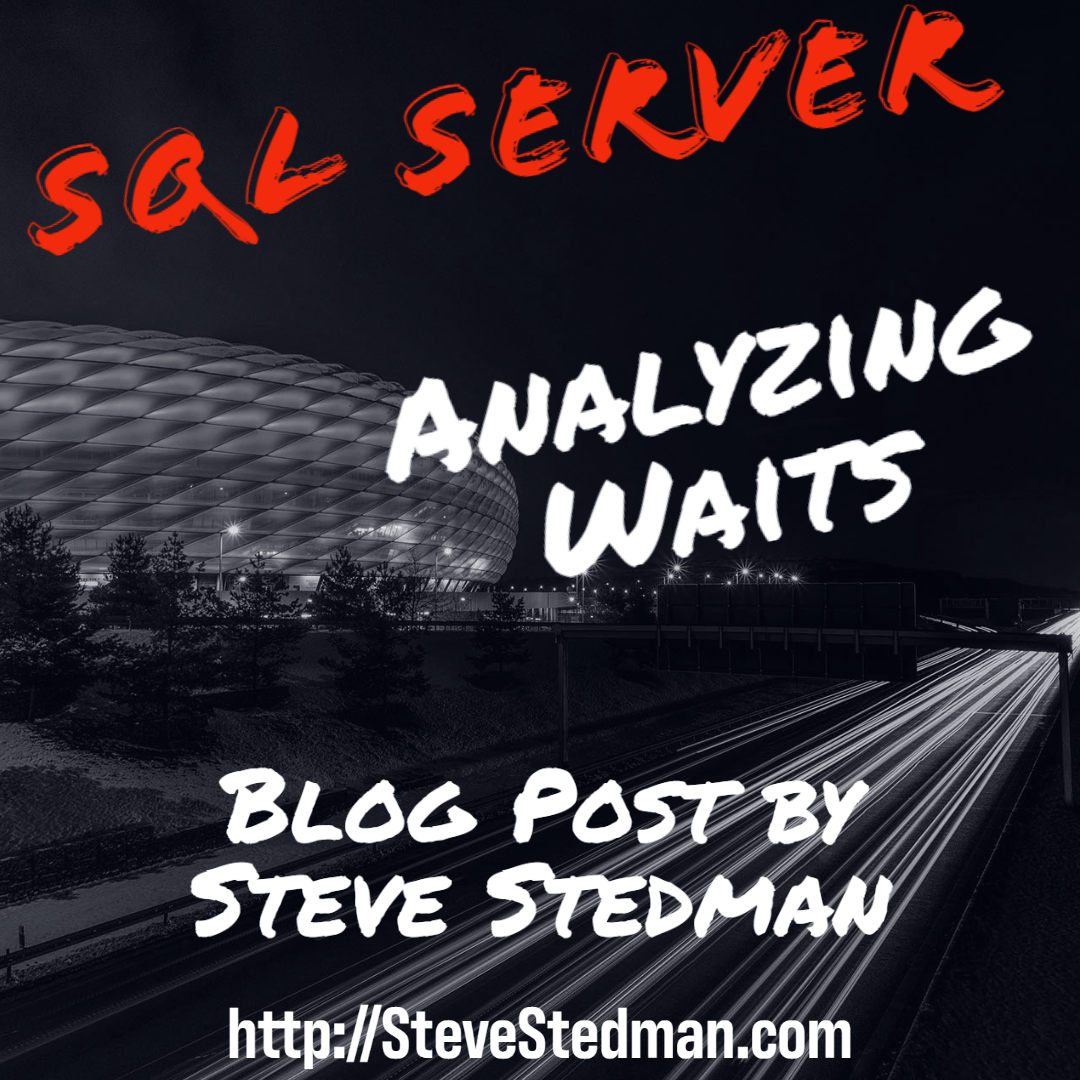SQL Server Wait Type: FT_MASTER_MERGE

Wait statistics, in the context of SQL Server, refer to the amount of time that a query spends waiting to access data in the database. When a client application requests data from the database, the request is placed in a queue and the client application must wait for its turn to access the data. The time that the query spends waiting is called a “wait” and is tracked by SQL Server. This information can be used to identify potential performance bottlenecks and optimize the performance of the database. Wait statistics are commonly used by database administrators to diagnose and troubleshoot performance issues in SQL Server.
SQL Server FT_MASTER_MERGE wait types occur when a transaction is waiting for a full-text indexing operation to complete. Full-text indexing allows users to search for words and phrases within the text data in a database, which can be a useful feature for certain types of applications.
When a transaction needs to perform a full-text search, it first checks to see if the data it needs has already been indexed. If the data has been indexed, the transaction can proceed with the search. If the data has not yet been indexed, however, the transaction must wait for the indexing operation to complete before it can proceed.
This waiting period can cause performance issues if it lasts for too long. To avoid these issues, it is important to monitor your SQL Server for FT_MASTER_MERGE wait types and take steps to reduce the amount of time that transactions spend waiting for indexing operations to complete.
One way to do this is to schedule full-text indexing operations to run during times when the database is not heavily used. This will allow the indexing operations to complete without impacting the performance of the database.
Another way to reduce the amount of time that transactions spend waiting for indexing operations to complete is to optimize the full-text indexing process. This can be done by carefully choosing the columns that are included in the index, and by using the right configuration options to improve the performance of the indexing process.
Overall, SQL Server FT_MASTER_MERGE wait types can be a sign of potential performance issues in your database. By monitoring for these wait types and taking steps to reduce the amount of time that transactions spend waiting for indexing operations to complete, you can improve the performance of your SQL Server and ensure that your database runs smoothly.
More details avilable on this wait type here: http://DatabaseHealth.com/Waits/FT_MASTER_MERGE.html
Do you have a favorite tool for monitoring your wait statistics on SQL Server over time? This is something that you can use Database Health monitor to do. More details at http://DatabaseHealth.com.
If you are having performance issues assocaited with this wait type and need soem help, please contact us with our 30 minute consulation link.
More from Stedman Solutions:

Steve and the team at Stedman Solutions are here for all your SQL Server needs.
Contact us today for your free 30 minute consultation..
We are ready to help!

Leave a Reply